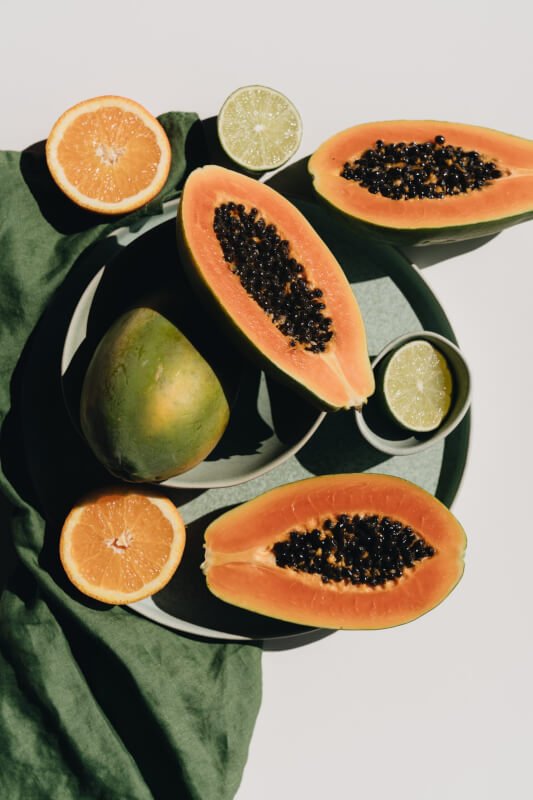If you’re a proud owner of a corn snake, keeping it healthy and well-fed is undoubtedly a top priority. But with so many options out there, it can be overwhelming to determine what is truly best for your slithery friend. In this article, we’ll explore the ins and outs of the ideal diet for a corn snake, helping you navigate through the maze of choices and ensuring that your beloved pet thrives on a balanced and nutritious meal plan. So grab a cup of tea, settle in, and let’s find out what really makes a corn snake’s stomach rumble with excitement!
Overview
When it comes to keeping a corn snake happy and healthy, providing the right diet is essential. Corn snakes are carnivores, and their diet mainly consists of rodents and other small animals. Understanding their dietary needs and considering various factors will ensure that you are feeding your corn snake appropriately. In this article, we will explore the corn snake’s diet, factors to consider, prey selection, feeding techniques, the importance of supplements and water requirements, common feeding issues, monitoring health, and when it’s time to seek professional help.
Understanding the Corn Snake’s Diet
As carnivores, corn snakes rely on a diet primarily composed of rodents in captivity. In the wild, they may also consume other small animals such as birds and lizards. It’s important to mimic their natural diet as closely as possible when feeding them in captivity. A balanced and nutritious diet is crucial for their overall health and wellbeing.
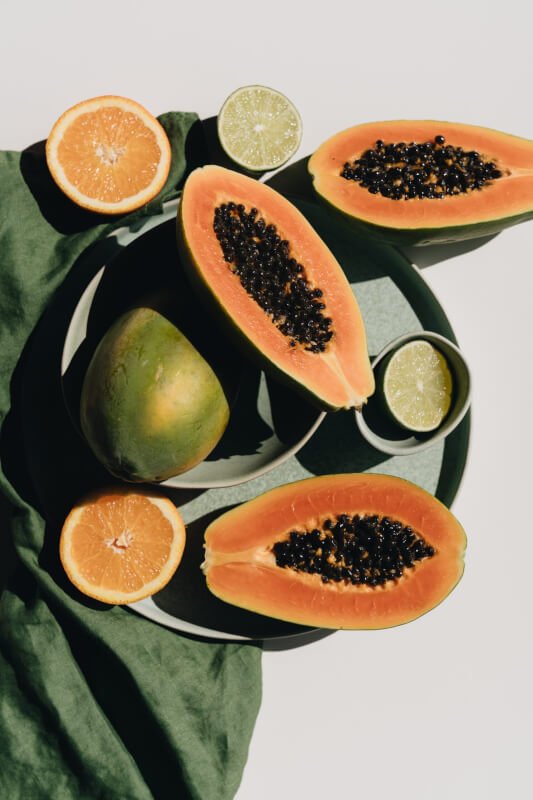
Factors to Consider
Several factors should be taken into account when determining the best diet for your corn snake. These include the snake’s age, size, activity level, reproductive status, and overall health. Younger corn snakes require more frequent feedings and smaller prey items compared to their adult counterparts. Additionally, a corn snake’s metabolism slows down as it ages, so the frequency and size of meals may need to be adjusted accordingly.
Feeding Frequency
Determining the Right Feeding Schedule: The frequency of feeding a corn snake depends on its age and size. Young corn snakes typically eat every 5 to 7 days, while adults can go up to 2 weeks between meals. It’s important not to overfeed your snake, as obesity can lead to health problems.
Size and Age Considerations: As corn snakes grow, the size of their prey items should also increase. Hatchlings can be fed appropriately sized pinky mice, and as they grow, you can progress to larger mice or even small rats. Remember to never offer prey that is more than 1.5 times the width of your snake’s body, as this could result in regurgitation or other digestive issues.
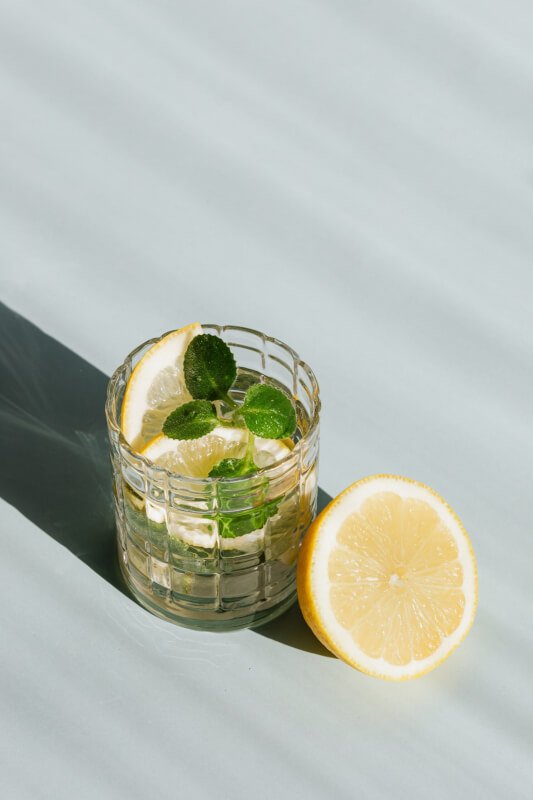
Prey Selection
Appropriate Prey Items for Corn Snakes: In captivity, the primary prey items for corn snakes are rodents, such as mice and rats. It is important to provide appropriately sized prey items to ensure your snake can swallow them comfortably. The prey should be roughly the same width as the snake’s body for easy digestion.
Nutritional Value of Different Prey: The nutritional value of the prey items you offer your corn snake is vital for their well-being. Mice and rats are both nutritious options, but rats tend to have higher fat content. It’s recommended to offer a variety of prey items to ensure your snake gets a balanced diet.
Live Prey vs. Frozen/Thawed Prey
Advantages and Disadvantages of Live Prey: Live prey can provide enrichment for your corn snake, allowing them to exhibit natural hunting behaviors. However, live prey can also pose risks, such as injury to your snake during feeding. Live prey may also carry parasites or diseases, which can be transmitted to your snake.
Advantages and Disadvantages of Frozen/Thawed Prey: Frozen/Thawed prey is a convenient and safe alternative to live prey. It eliminates the risk of injury to your snake and reduces the chances of parasite transmission. However, some snakes may initially refuse to eat frozen/thawed prey, requiring additional effort to transition them from live to frozen meals.

Feeding Techniques
Hand-Feeding: Hand-feeding involves offering the prey item directly to your corn snake using sanitized tweezers or your hands. This technique allows for a more controlled feeding experience, and it can be especially helpful for snakes that are more hesitant to eat.
Using Tongs or Forceps: Using tongs or forceps is another common feeding technique. Simply grasp the prey item with the tongs or forceps and present it to your snake. This method allows for a safe distance between you and the snake while feeding, reducing the risk of accidental bites.
Leave-and-Wait Approach: The leave-and-wait approach involves placing the prey item in your snake’s enclosure and allowing it to find and consume the prey on its own. This technique mimics natural hunting habits and provides mental stimulation for your snake.
Supplements
Understanding the Need for Supplements: While rodents are a good source of nutrition for corn snakes, they may still lack certain essential vitamins and minerals. It is important to supplement their diet to ensure they receive a balanced nutritional intake.
Types of Supplements: Calcium and vitamin D3 supplements are commonly used to prevent calcium deficiency and promote healthy bone growth. These supplements can be dusted onto the prey items before feeding to ensure that your snake receives the necessary nutrients.
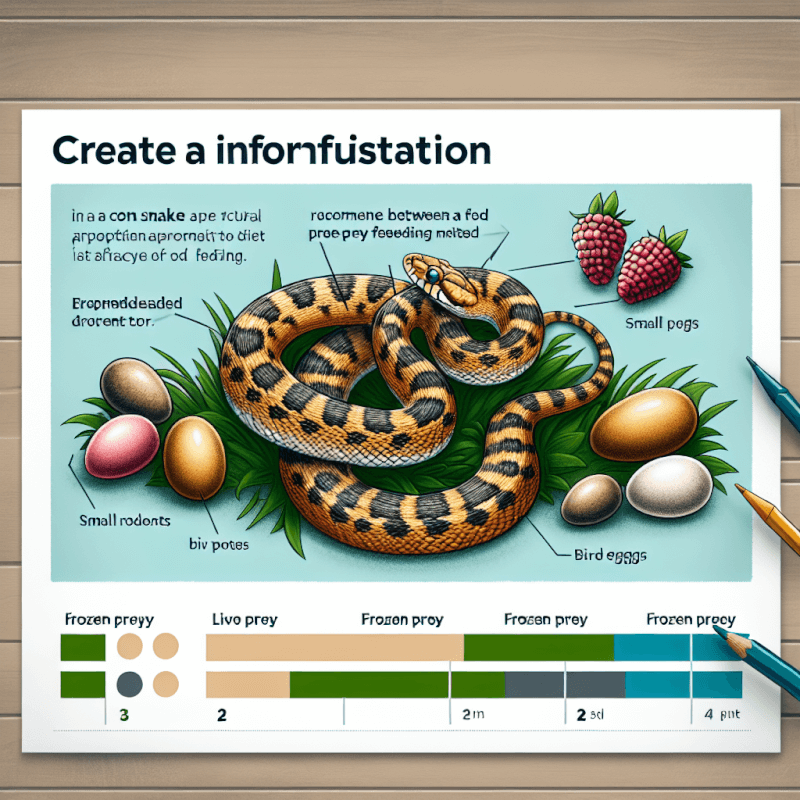
Water Requirements
Providing Fresh Water: Access to clean and fresh water is crucial for a corn snake’s overall health and hydration. A shallow water dish should be available to your snake at all times, allowing them to drink and soak if desired.
Mistaking Water for Prey: Corn snakes may occasionally mistake their water source for prey, especially if it is something unusual or brightly colored. To avoid any potential health risks, it is essential to ensure that the water dish is distinct from their feeding area.
Common Feeding Issues
Refusal to Eat: Corn snakes may refuse to eat for various reasons, including stress, temperature fluctuations, or health issues. If your snake consistently refuses food, it’s essential to monitor their behavior and seek advice from a veterinarian if needed.
Regurgitation: Regurgitation can occur if a snake has eaten prey that is too large, if their feeding environment is too cold, or if they have an underlying health issue. If your corn snake regurgitates its meal, it’s crucial to consult a veterinarian to identify and address the cause.
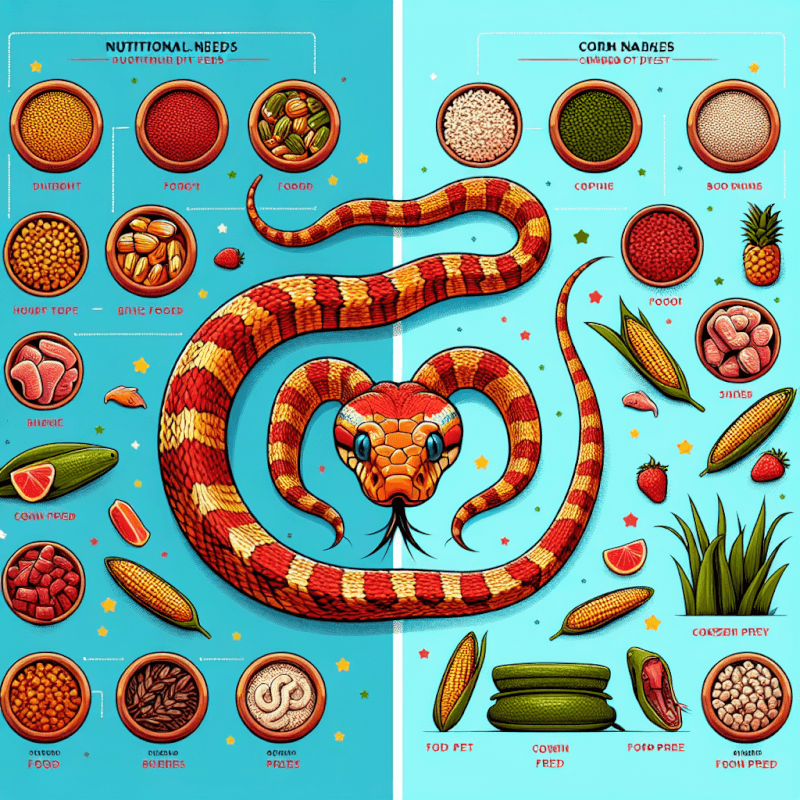
Monitoring Health
Observing Weight and Body Condition: Regularly monitoring your corn snake’s weight and body condition is important to ensure they are maintaining a healthy size and weight. Sudden weight loss or abnormal body shape could indicate health issues.
Signs of Digestive Problems: Signs of digestive problems in a corn snake can include regurgitation, constipation, diarrhea, or a lack of appetite. If you notice any of these symptoms, consulting a veterinarian is recommended to address any underlying health concerns.
Consulting a Veterinarian
When to Seek Professional Help: Regular veterinary check-ups are highly recommended for corn snakes to ensure their overall health. Additionally, it’s important to consult a reptile veterinarian if your snake exhibits persistent refusal to eat, consistent regurgitation, or any other concerning health issues.
Choosing a Reptile Veterinarian: Selecting a veterinarian experienced in reptile care is crucial to ensure your corn snake receives appropriate medical attention. Consider seeking recommendations from fellow reptile owners or reptile-specific online communities to find a qualified and knowledgeable veterinarian.
Successfully meeting the dietary needs of your corn snake is key to their health and happiness. By understanding their dietary requirements, selecting appropriate prey items, utilizing proper feeding techniques, and monitoring their health, you can provide the best possible care for your corn snake. Remember, if you ever have concerns or questions, don’t hesitate to seek guidance from a reptile veterinarian. With the right diet and care, your corn snake will thrive for years to come.

